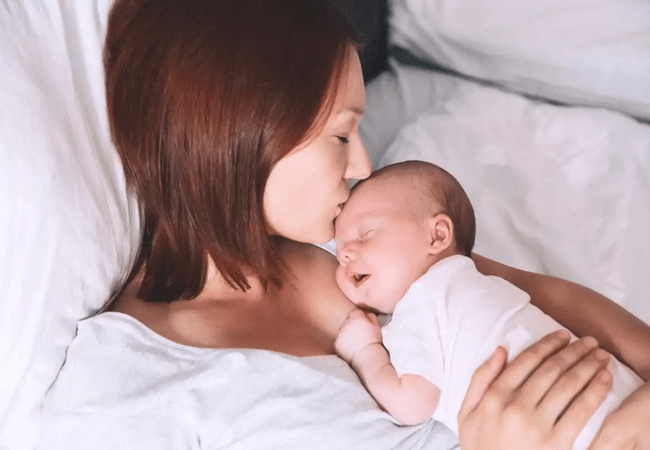What is Second Stage of Labour?
The second stage begins with the complete dilation of the cervix and ends with the expulsion of the fetus. This stage is concerned with the descent and delivery of the fetus through the birth canal. Second stage has two phases:
- Propulsive: From full dilation until head touches the pelvic floor.
- Expulsive: Since the time mother has irresistible desire to hear down and push until the baby is desired.

Clinical Features of Second Stage of Labour:
1. Pain:
The intensity of pain increases.
2. Membranes status:
Membrane may rupture with a gush of liquor per vaginam.
3. Descent of the fetus.
4. Abdominal examinations:
- Progressive descent of the head, assessed in relation to the brim.
- Rotation of the anterior shoulder to the midline and change in position of the fetus.
- Shifted of the fetus sound downward and medially.
5. P/V findings:
- Descent of the head in relation to ischial spies.
- Gradual rotation of the head evidenced by position of the sagittal suture and the occiput in relation to the quadrants of the pelvis.
- Perineum progressively bulges during pain.
- Vaginal introits open up and hairy head shows.
- Cervix not palpate.
6. During the second stage, the cervix is fully dilated.
7. Some women may feel the urge to push right away or soon after they’re fully dilated.
8. The baby may still be high up in the pelvis for other women. It may take some time for the baby to descend with the contractions so that it’s low enough for the mother to start pushing.
9. Women who don’t have an epidural typically have an overwhelming urge to push, or they have significant rectal pressure when the baby is low enough in the pelvis.
10. Women with an epidural may still have an urge to push and they may feel rectal pressure, although typically not as intensely. Burning or stinging in the vagina as the baby’s head crowns is also common.
11. Vaginal signs:
As the head descends down, it distends the perineum, the vulval opening looks like a slit through which the scalp hair is visible.
12. Maternal signs:
- There are features of exhaustion.
- Respiration is however, slowed down with increased perspiration.
- During the bearing down efforts, the face becomes congested with neck veins prominent.
13. Fetal effects:
Slowing of FHR during contractions is observed, which comes back to normal before the next contraction.
Complications of Second Stage of Labour:
All the complications of second stages of labour have pointed out in the below:
- Delayed second stage due to mal-position,
- Fetal distress,
- Cord prolapsed 3rd,
- Shoulder dystocia,
- Arrest of the after coming head of the breech,
- Air embolism,
- Maternal distress.

Maria Khatun Mona is a Founder and Editor of Nursing Exercise Blog. She is a Nursing and Midwifery Expert. Currently she is working as a Registered Nurse at Evercare Hospital, Dhaka, Bangladesh. She has great passion in writing different articles on Nursing and Midwifery. Mail her at “maria.mona023@gmail.com”
